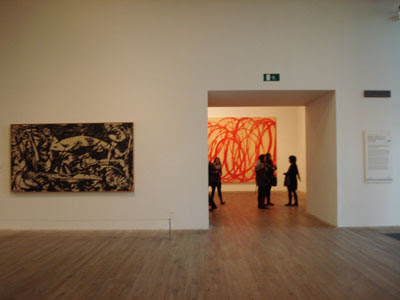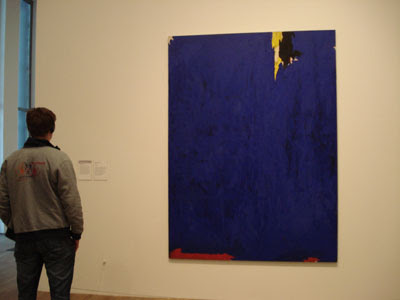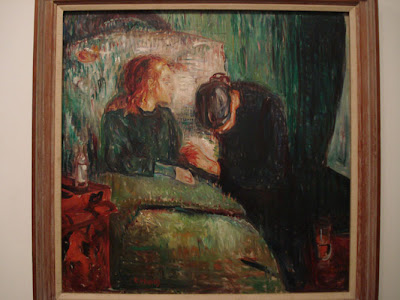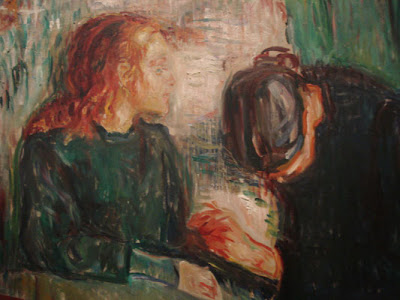I am visiting friends in London now and sometimes getting around a bit to visit some of the famous art sites. I thought that I could share with you that I was not terribly impressed with the Tate Modern Art Museum.
The great thing about all of the state museums in England is that they are free to enter, unless there is a special exhibit. Even then, one would only pay for that exhibit and the rest of the museum collection could be seen for free. Some of London’s treasures are so full of art that one would need a good month to see them all. The free price encourages everyone to come more often and enjoy one portion at a time, instead of getting information overload as one tries to pack it all into one day.
And while I found a few gems in the Tate Modern, I was mostly disappointed … or at least, not particularly wowed. I include a few snapshots to help you make up your own mind.


There was one, I think temporary, exhibit of an artwork by Ai Weiwei From where I stood above, it looked like an elongated room full of grey gravel. If you click on the link of the artist’s name above, you will discover that the “artwork” consists of, in fact, life-size porcelain sunflower seeds. I doubt they were even made by the artist, but I suppose I am cynical after learning about Jeff Koons back in the early 1990s when studying copyright violations. All I can say is … riveting.
However, after all of this fluff, I entered a room with a marble sculpture of Rodin’s Kiss, always a favorite! And right next to it as this lovely painting by another of my favorite artists, Edvard Munch.

This one is titled “The Sick Child” and I will quote the museum’s write-up here since I am lacking time and Internet access at the moment…
“Edvard Munch 1863-1944
Born Norway, worked Norway, France, Germany
The Sick Child 1907
Det Syke Barn
Oil on canvas
________________________________
Munch made several versions of The Sick Child over a period of forty years. The image draws upon his experience of visiting a patient with his doctor father and, more deeply, with memories of the death of his older sister when they were both teenagers. The first version, painted in 1885, represented a breakthrough in his work as he responded to the high colour of Impressionism to convey a powerful sense of emotion. This version is the fourth, in which Munch used contrasting reds and greens to further heighten its intensity.”
In case you did not already know, Munch is the author of the very famous painting “The Scream.”
Till next time … thank you for reading.

